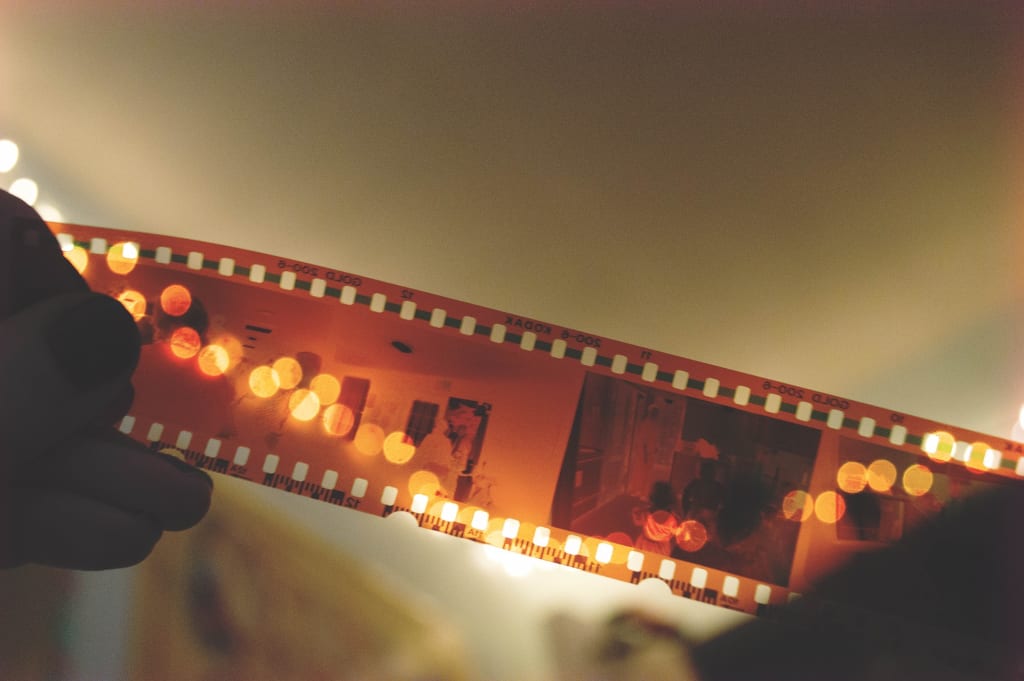Women in Bollywood Movies
Is the portrayal of women in Bollywood movies changing?

The Hindi film industry popularly known as Bollywood is 108 years old. From Raja Harishchandra (1913) to Alam Ara (1931) to Thappad (2020), Bollywood has produced more than 10,000 movies. It has made films on various topics highlighting key aspects and social issues of the society but even today the women in Bollywood movies are rarely the central character.
Initially, the women were shown as an object of desire of the movie’s protagonist or were represented as a source of the power to her son. This was mainly because the scripts of the movies as well as of the songs were written and directed primarily by men. Films made by women were usually categorized as art films or films of the parallel cinema. Women filmmakers could not have full access to funds and film publicity like male filmmakers did.
Around the late 1980s entered the era of women being portrayed as male-hating, and evil as in the movies like Ghar Ho To Aisa (1990), Khoon Bhari Maang (1988), Beta (1992). Luckily the Film industry soon realized that feminism isn’t about demonizing men and portraying women as haughty, and hungry for power and revenge.
The problem of women’s oppression is about patriarchy and patriarchal setup, and in response to it, the concept of feminism has risen. Feminism is the belief in social, economic, and political equality for women. Though Feminism is more than a century and a half old, in Bollywood it is still under the process of self-discovery.
Some people argue that films are just a mere portrayal of the society we live in, but we must realize that films also act as a source that influences our opinions, beliefs, and attitudes towards social topics. The impact of Bollywood is so huge that in the recent past we have seen successful use of Bollywood to persuade the average audience to validate various political opinions.
For years, the art of filmmaking has been associated with men, but now in recent years, women like Zoya Akhtar, Mira Nair, Konkona Sen Sharma have entered the world of filmmaking and are breaking the stereotypes with their writing and directing. While on one hand there are still movies like Sanju (2018) and Kabir Singh (2019) which glorify its misogynistic protagonist, there are several movies being made that portray women and their concerns in a better light.
Dil Dhadakne Do (2015), a movie directed by Zoya Akhtar shows that husbands do not have to "allow" women to work and rather they should be able to make their own decisions. The movie English Vinglish (2012) taught us that women, just like men, can learn and achieve anything, the only thing which they need is an opportunity. Recent movies like Pink (2016) and Thappad (2020) explore and question the gender biases prevailing in our society.
Another facet of Bollywood movies is Bollywood’s idea regarding the ‘ideal woman’. The heroine, even if she is only a side character, must be fair, slim, modest, and biding to her husband and in-laws to be happy in life. Bollywood had shown us all from the fat-shaming of a young woman in the Bollywood blockbuster Kal Ho Naa Ho (2003) to glorifying fair skin by adding the song “Chitiyaan Kalaiyaan” in the movie Roy (2015). In recent years movies like Dum Laga Ke Haisha (2015) and Bala (2019) have tried to show that women irrespective of their ‘figure’ can lead a happy and fulfilling life.
There is still one aspect we cannot ignore about Bollywood movies and that is the use of 'item songs'. In the item song ‘Fevicol se’ of the movie Dabangg 2 (2012) women were reduced to being just ‘tandoori murgis’. And we all know that this was not the only time when women were objectified or demeaned in a Bollywood song. Songs like ‘Tu Cheez Badi Hai Mast Mast’ of the movie Mohra (1994), ‘Gandi Baat’ of the movie R... Rajkumar (2013), and ‘Tu Mere Agal Bagal Hai’ of the movie Phata Poster Nikla Hero (2013) are just a few striking examples of the same.
With the rise in the popularity of OTT platforms like Netflix and Hotstar, and ease in the process of filmmaking, an increasing number of people are getting into filmmaking, and it’s probable that with the rise in the number of films being produced each year, the quality of the storyline will also improve. Meanwhile, we can support the upcoming filmmakers by watching their films for their quality content.
Reference :
1. https://www.jstor.org/stable/20838326






Comments
There are no comments for this story
Be the first to respond and start the conversation.